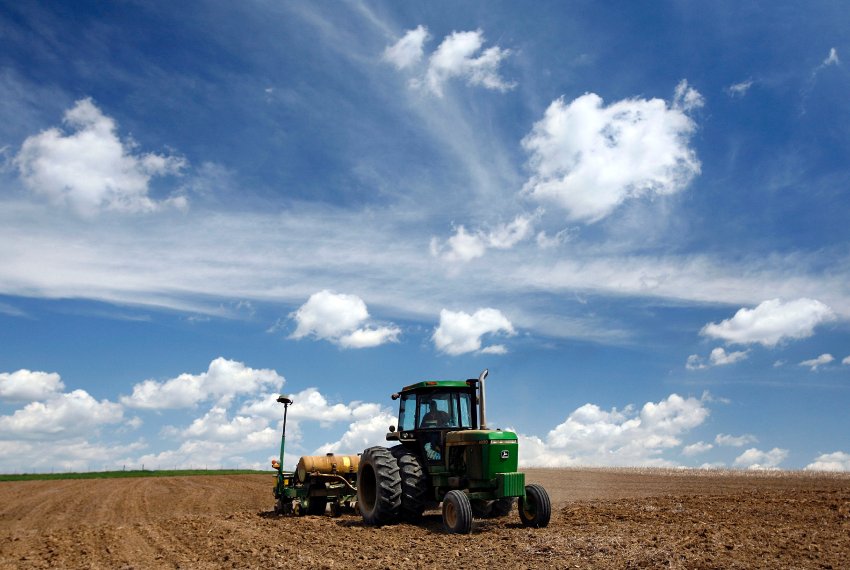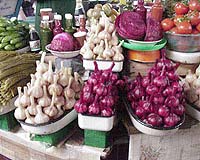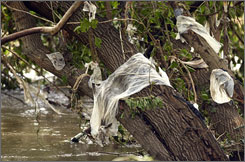– 43,381 Viruses Found in Sewage, Many Unknown to Scientists (Activist Post, Oct. 10, 2011):
Sewage samples obtained by scientists in Pittsburgh, Barcelona and Addis Ababa were found to contain 43,381 viruses — of which only 3,000 are currently charted by mainstream scientists.
Among the viruses found in the sewage samples were the human papilloma virus (HPV), the diarrhea-causing Norwalk virus, and the common cold virus. There were 16 total known disease-causing viruses out of the 3,000 known viruses present in the sewage samples.
The findings of the study, which highlight the vast number of unidentified viruses dwelling in our sewer systems, are hosted in the online journal mBIO, published by the American Society of Microbiology. Considering that only 3,000 of the 43,381 viruses examined have been charted and identified, there could be a large number of superbugs and other powerful viruses routinely developing and going through mutation due to exposure to thousands of other viruses and bacteria within the sewage system. Improper sewage control could serve as a breeding ground for new strands of viruses and a cocktail of existing ones.“Our knowledge of the viral universe is limited to a tiny fraction of the viruses that exist,” the study’s authors write.
Read more43,381 Viruses Found In Sewage, Only 3,000 Of Them Are Known To Scientists


